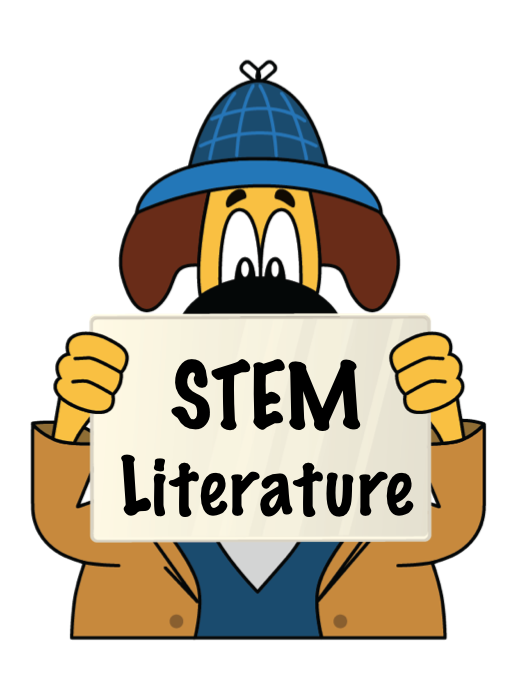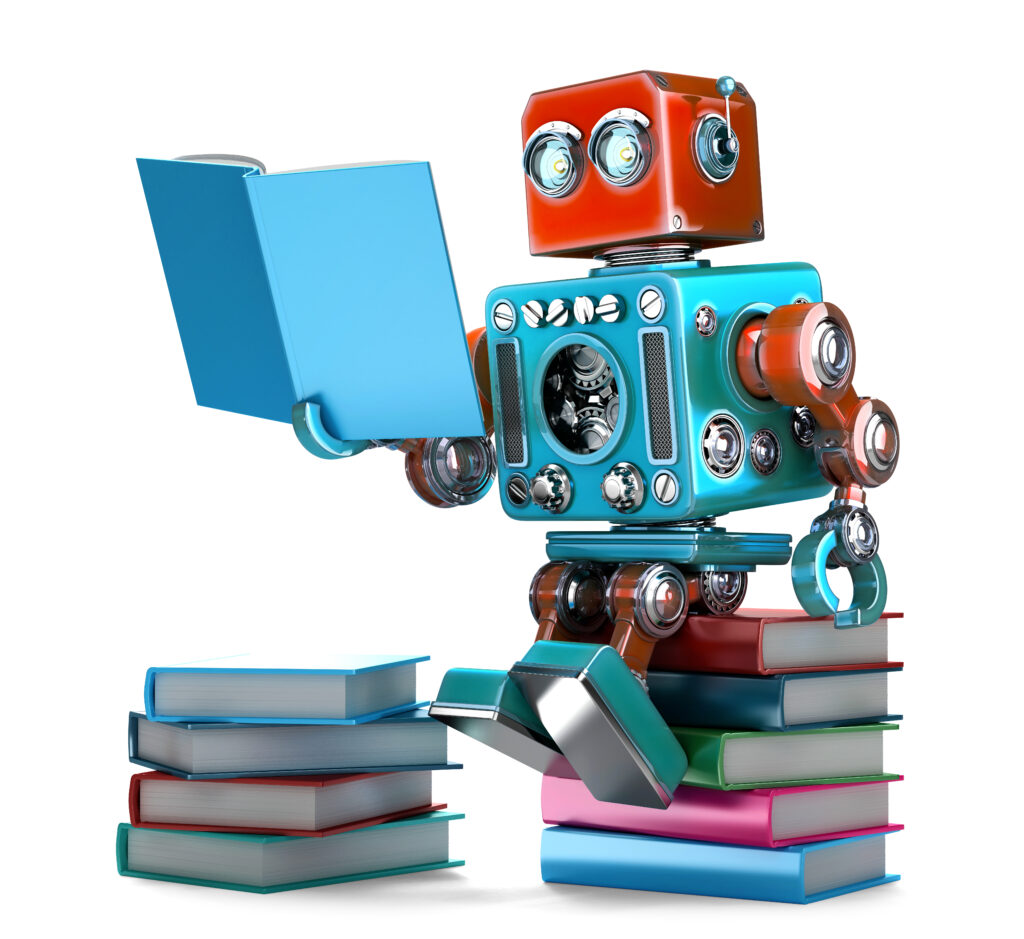
Literature and STEM
Here at Get Caught Engineering®, we feel that books of all kinds provide a wonderful springboard for a STEM project. When teaching STEM, there needs to be a purpose for designing a particular protype or solving a challenge. Fiction, nonfiction, fairy tales and nursery rhymes all provide opportunities to extend the learning, not only with an engineering project but also with math, science and history. The best part is, we don’t have to look for a special book; rather we look for the STEM within the books that we typically use in our language arts block.
Choosing the Right Book
Fairy tales
We love using fairy tales with our students as a springboard for engineering because:
- The stories are short and easily accessed
- Students are already familiar with most of the stories
- They lend themselves to the creation of unique problem-solving challenges
We have wonderful lessons that are perfect for your classroom.
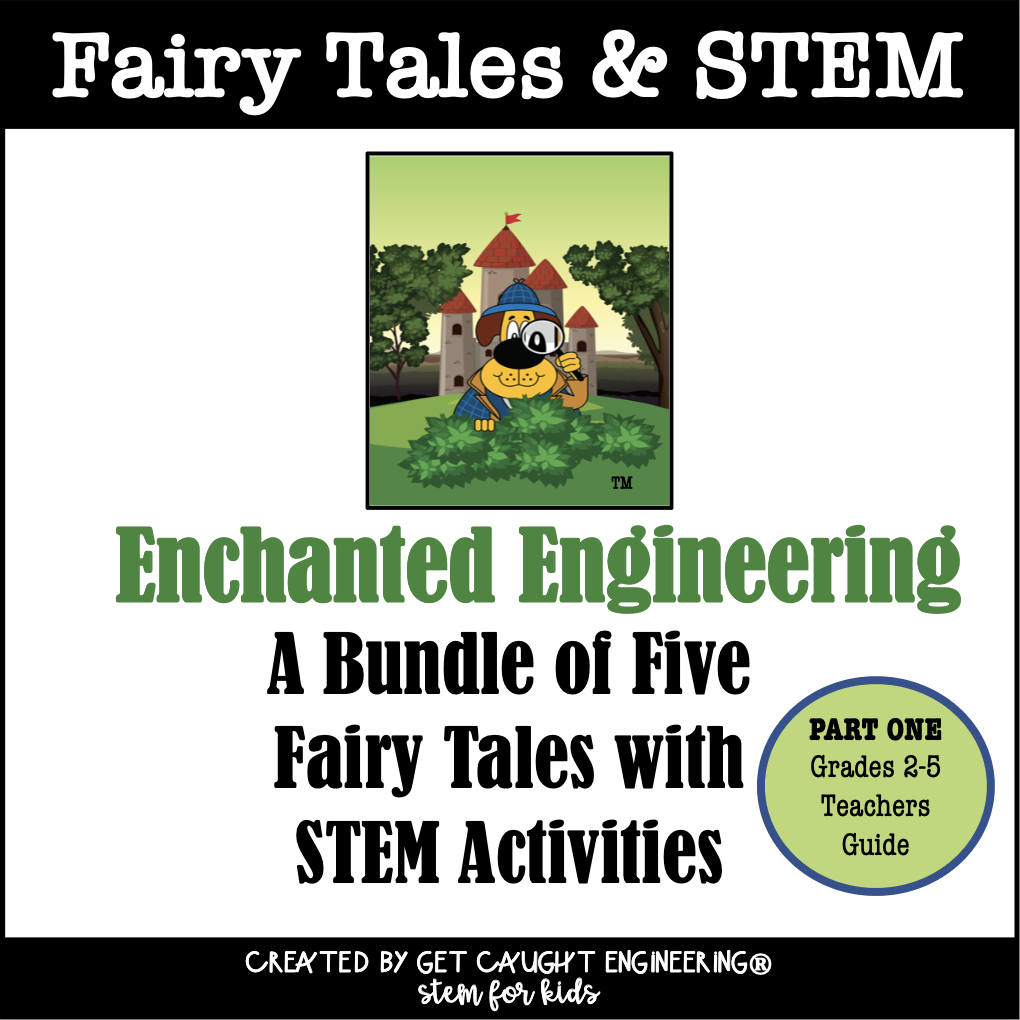
Picture Books
Picture books are also often used in our classrooms and for all subjects. They can easily be read and discussed in a short period of time, making them a perfect intro into a new topic or introducing a STEM challenge. Often, they are whimsical and have situations that aren’t grounded in reality. This can allow your students to be as creative as their imaginations will allow them to be.
With picture books, we usually have a math, science and technology lesson that relates in some way to the story. We either do an entire day immersed in activities related to the book, or spread the lessons across the entire week.
We’ve also found that using a picture book and subsequent lessons are perfect to leave for a substitute teacher.
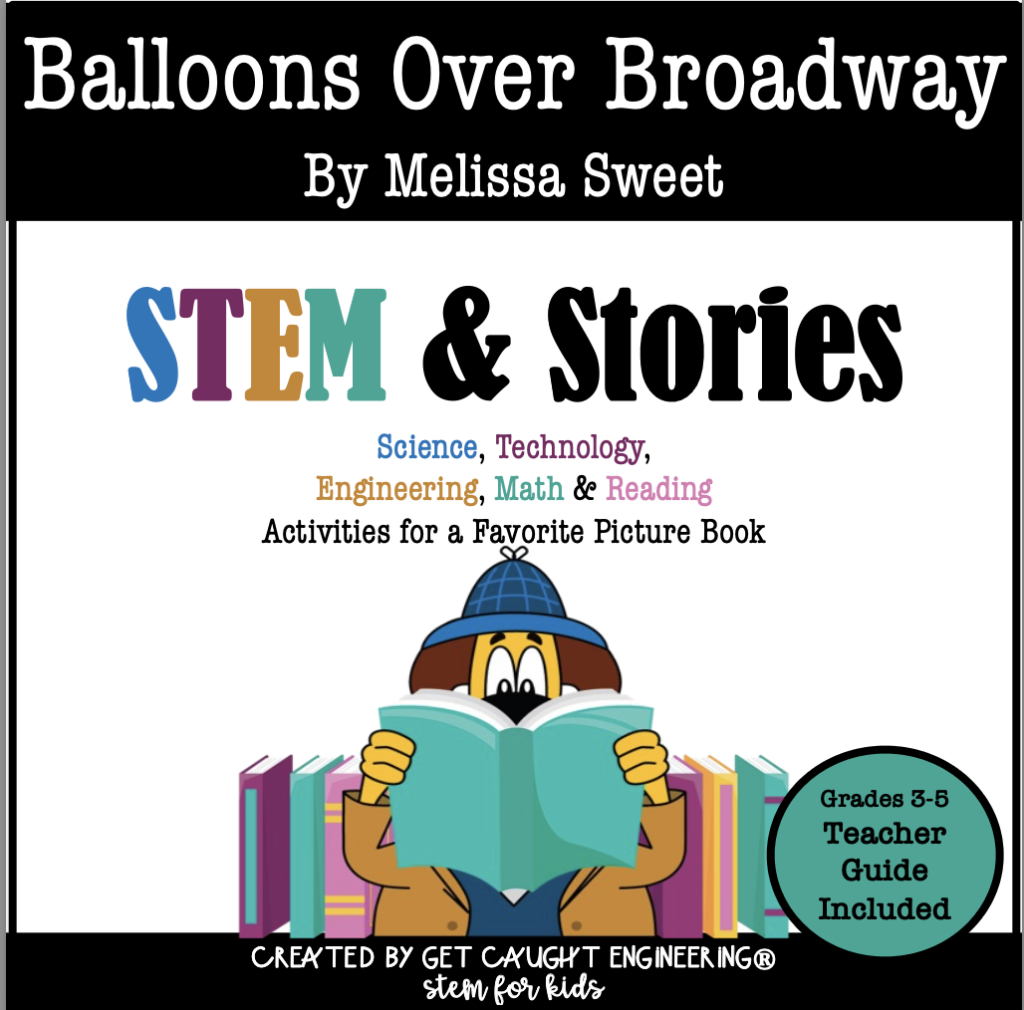
Classic Literature and STEM
We have also used classical literature as a way to fully integrate STEM across our curriculum. This program also acts as an outreach to our parents as they read the book to their child. The book discussion and other lessons take place while the novel is being read or occasionally at the conclusion. We then host a book celebration at the end with the parents and their child that includes fun activities based on the book.
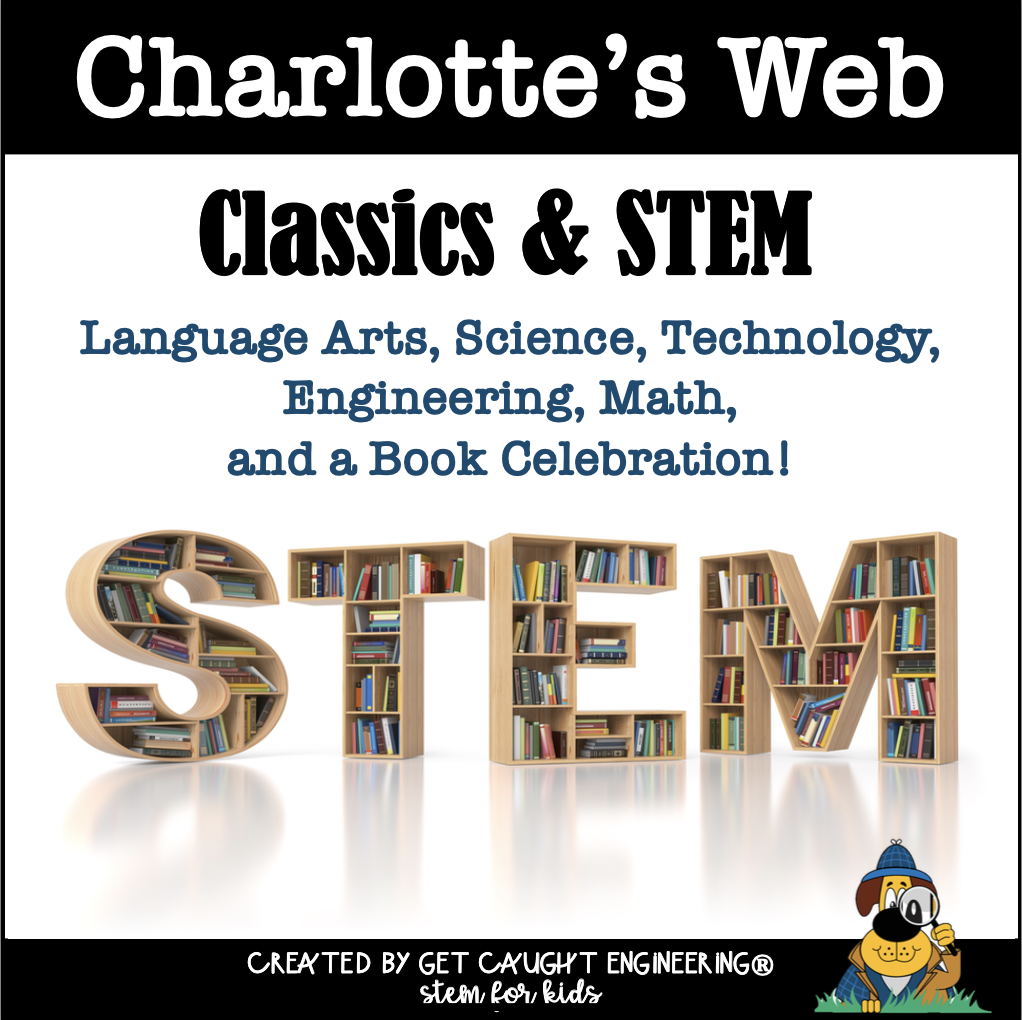
Nursery Rhymes
Young children love nursery rhymes and they are typically part of the PreK and K curriculum. What better way to conclude a reading of Little Bo Peep but to build a pen for the sheep?

Where is the STEM?
We have discovered that finding the STEM in a particular novel or picture book means reading the book through a STEM lens and finding those topics that present themselves. Here are some examples of finding the STEM in literature.
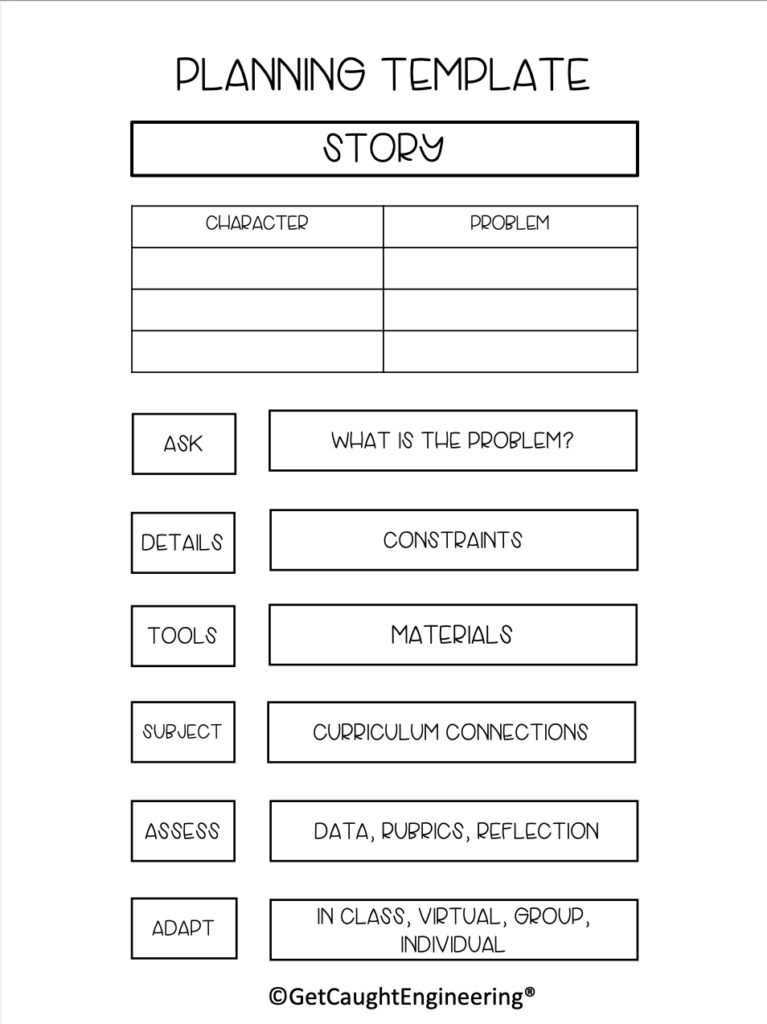
- Solve the character’s problem – The characters in a fiction book typically are faced with a number of problems that they have to solve.
- Build upon this and have your students create a piece of technology that could help solve the problem. Or possibly there is a math problem that can be expanded upon – if the characters traveled, what was the average distance they covered each day?
In the book, Dear Mr. Henson, the main character has a problem in that someone is stealing his lunch; so, he decides to build an alarm. Here is a great engineering challenge. This is the perfect book to read before you begin your electricity unit in science. Or, if you don’t want to exactly follow the story, and build an alarm, challenge your students to think of other ways the problem could be solved – and design and build a prototype of that.
- Extend the story – Just because the story ended, it doesn’t mean that you can’t extend the story and find STEM challenges that would have happened after the book.
For example, at the end of Charlotte’s Web, Wilbur brings Charlotte’s egg sac back to the barn. When the eggs hatch, hundreds of small spiders are born. You can use this scenario to create math problems asking your students to figure out how many legs, over 10 years. If there were 120 baby spiders hatched, how any legs? If each year that many spiders are hatched, how many legs in 5 years, 10 years?

Most fairy tales can be extended beyond the happily ever after. Cinderella might decide to build the a new castle. Add certain shape and measurement requirements and you have a perfect integration into math.
- Recreate a piece of technology - Historical fiction or non-fiction supply an endless amount of ideas. By having your students recreate a piece of technology from a particular bygone time can help your students appreciate the knowledge and know how that the people who lived then had.
- Everyone eats – if you are studying nutrition, have your students create a healthful menu that would feed a certain amount of the characters. Some of the characters in Alice in Wonderland could use a lesson on food safety as they sit at a tea party that doesn’t end. It’s a perfect project for your students.
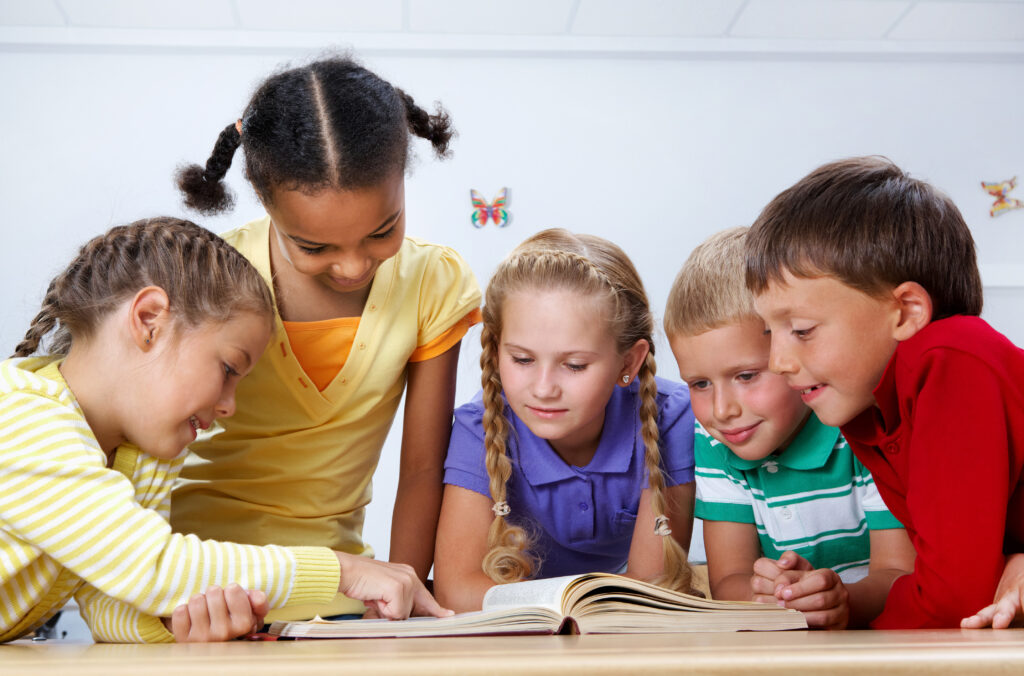
As you can see, literature of all kinds is an integral part of our STEM program. They provide a wealth of ideas for challenges for our students, and are a fun way to incorporate all of the subjects in your curriculum.



